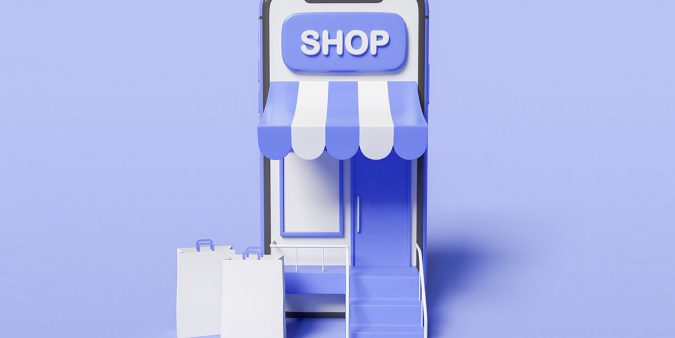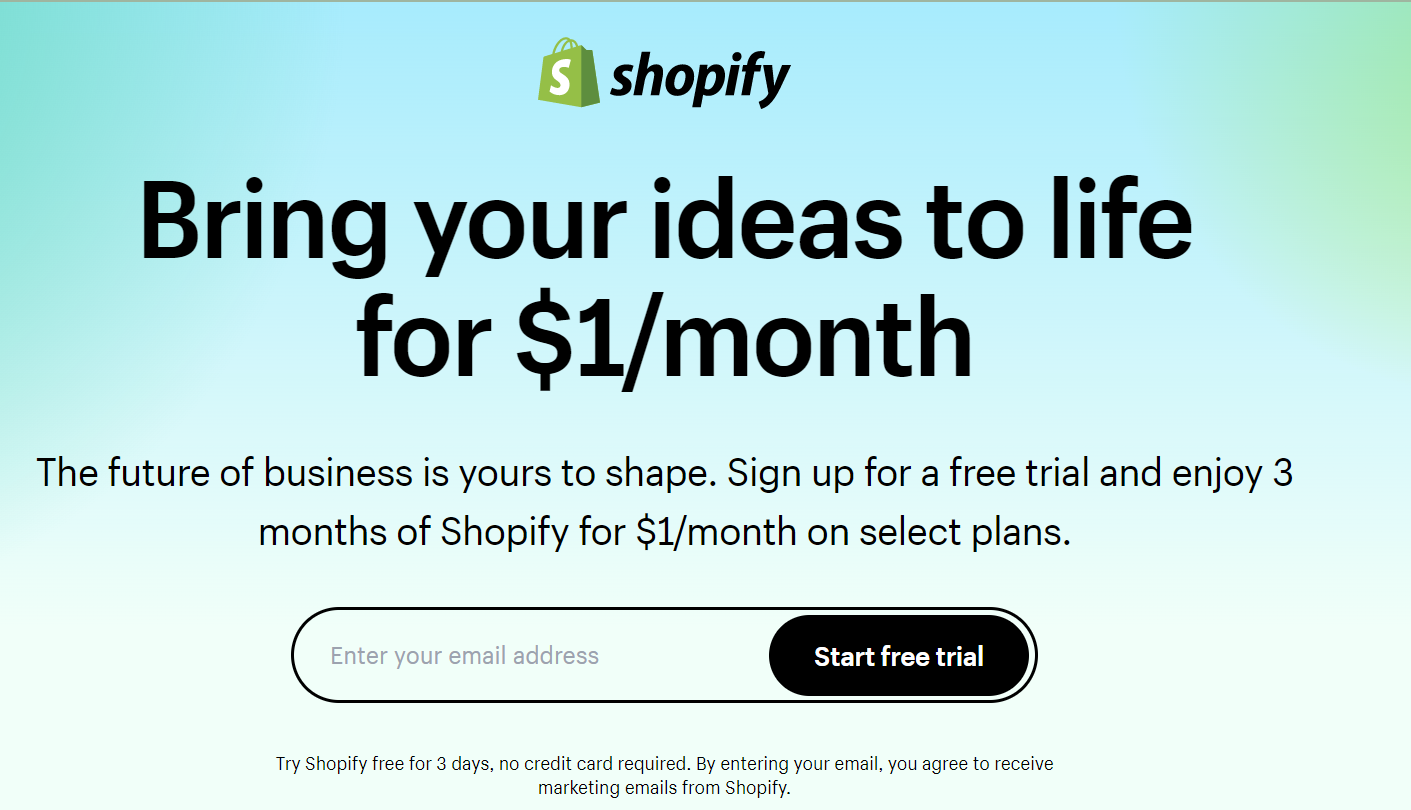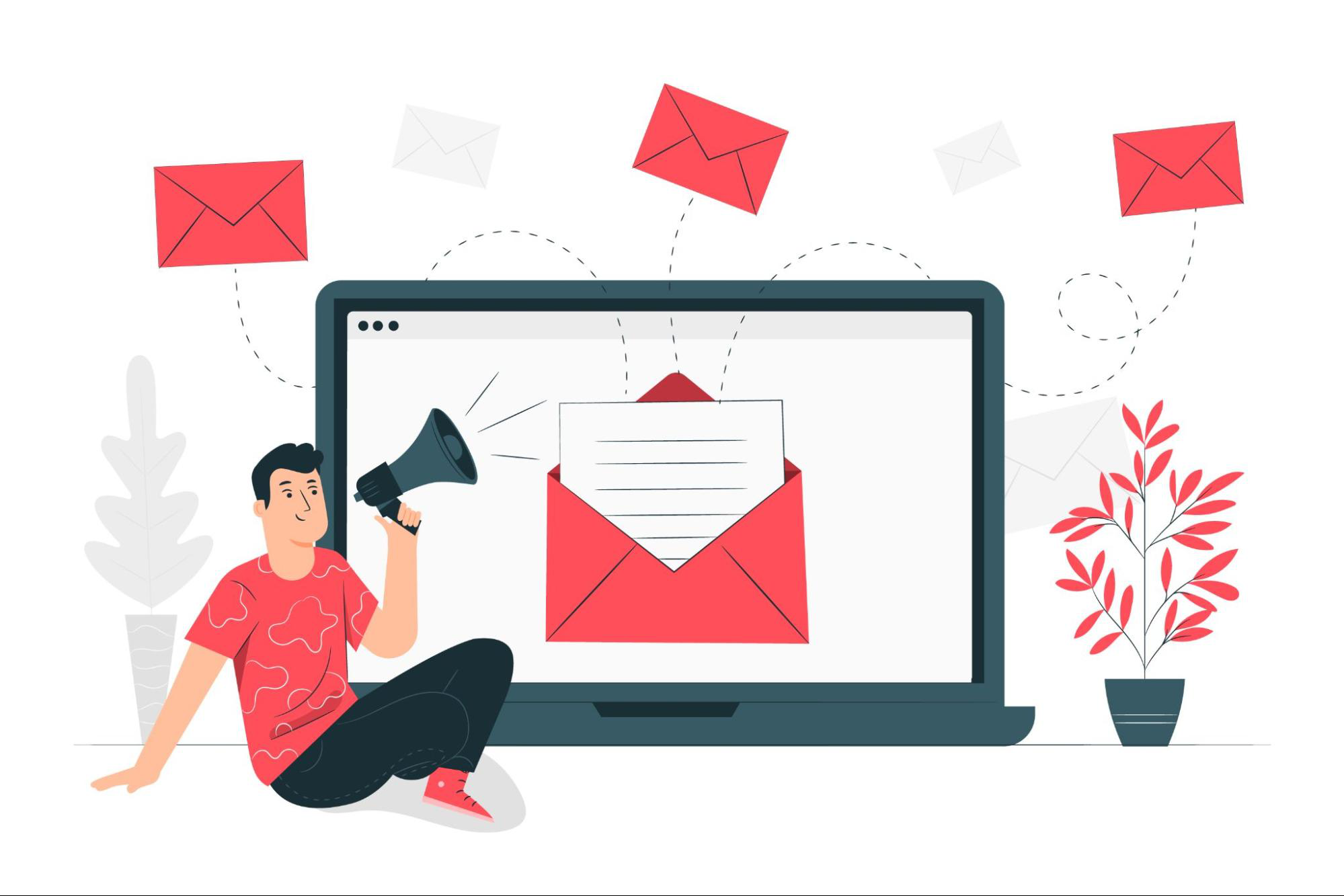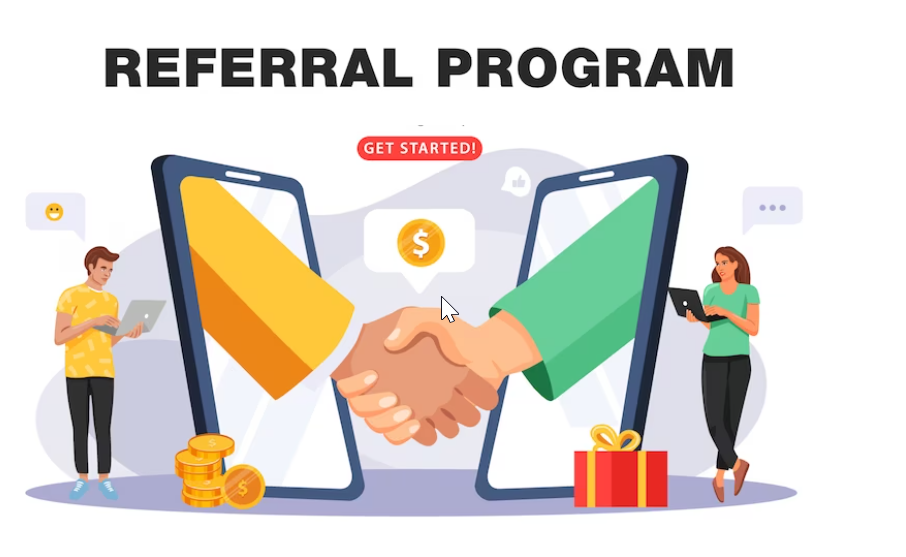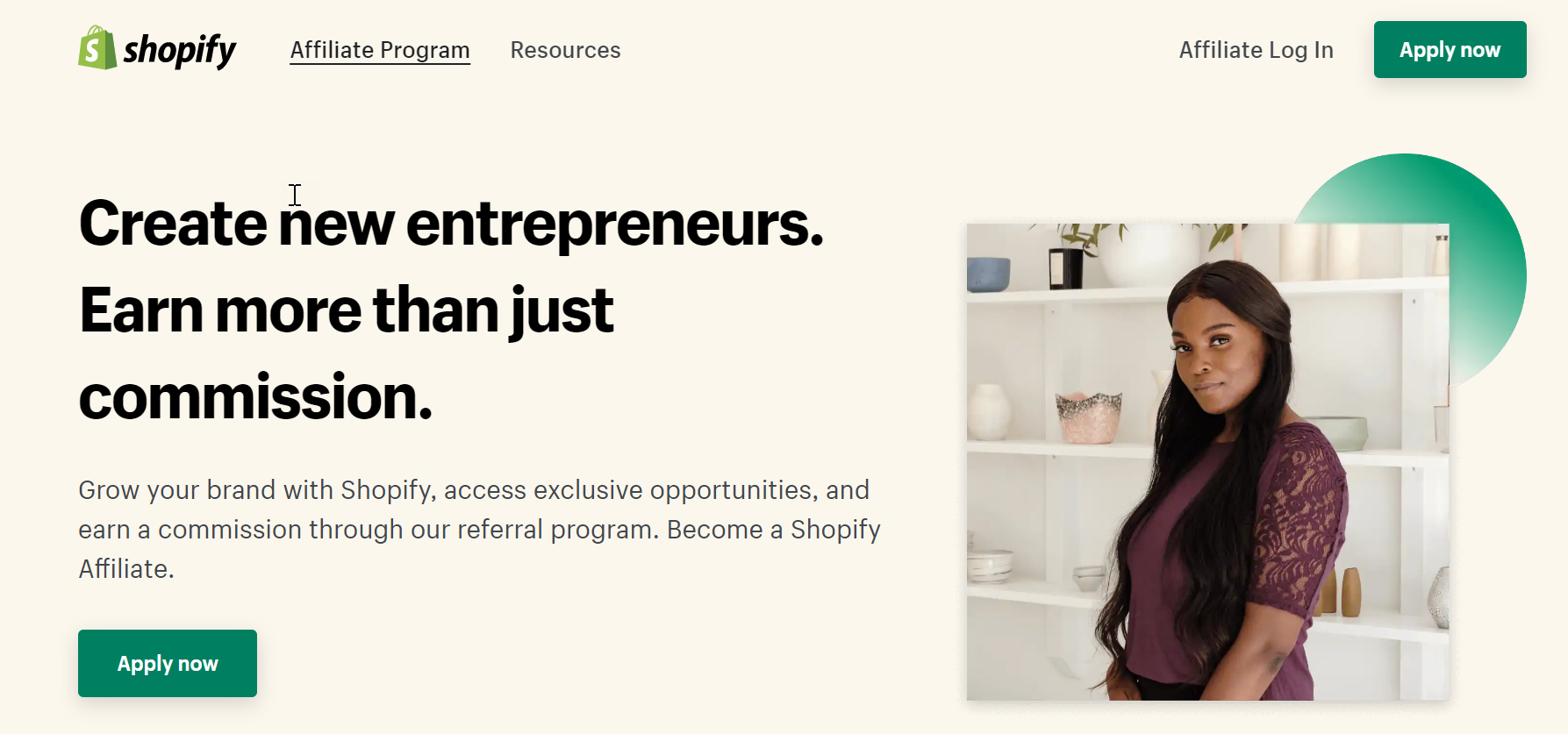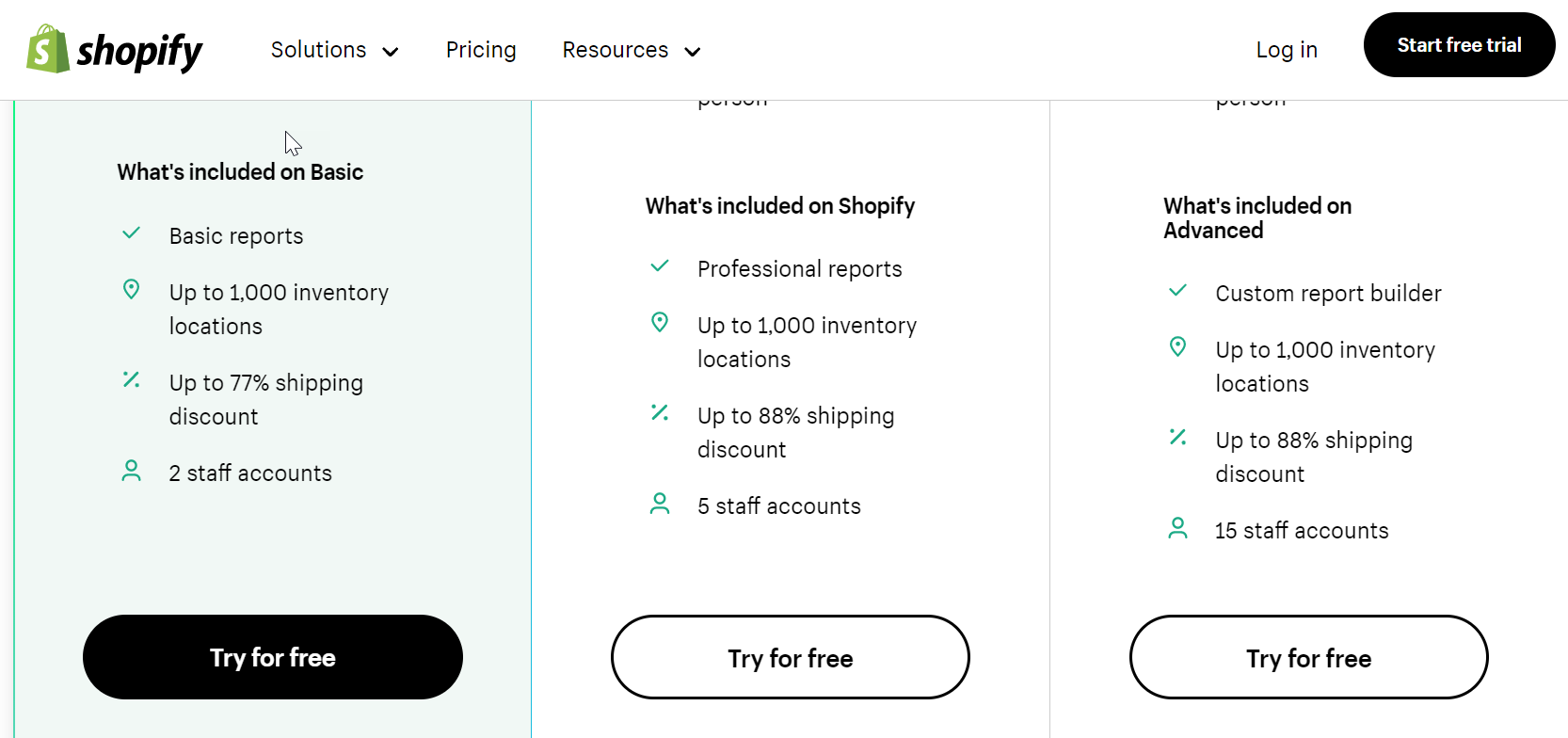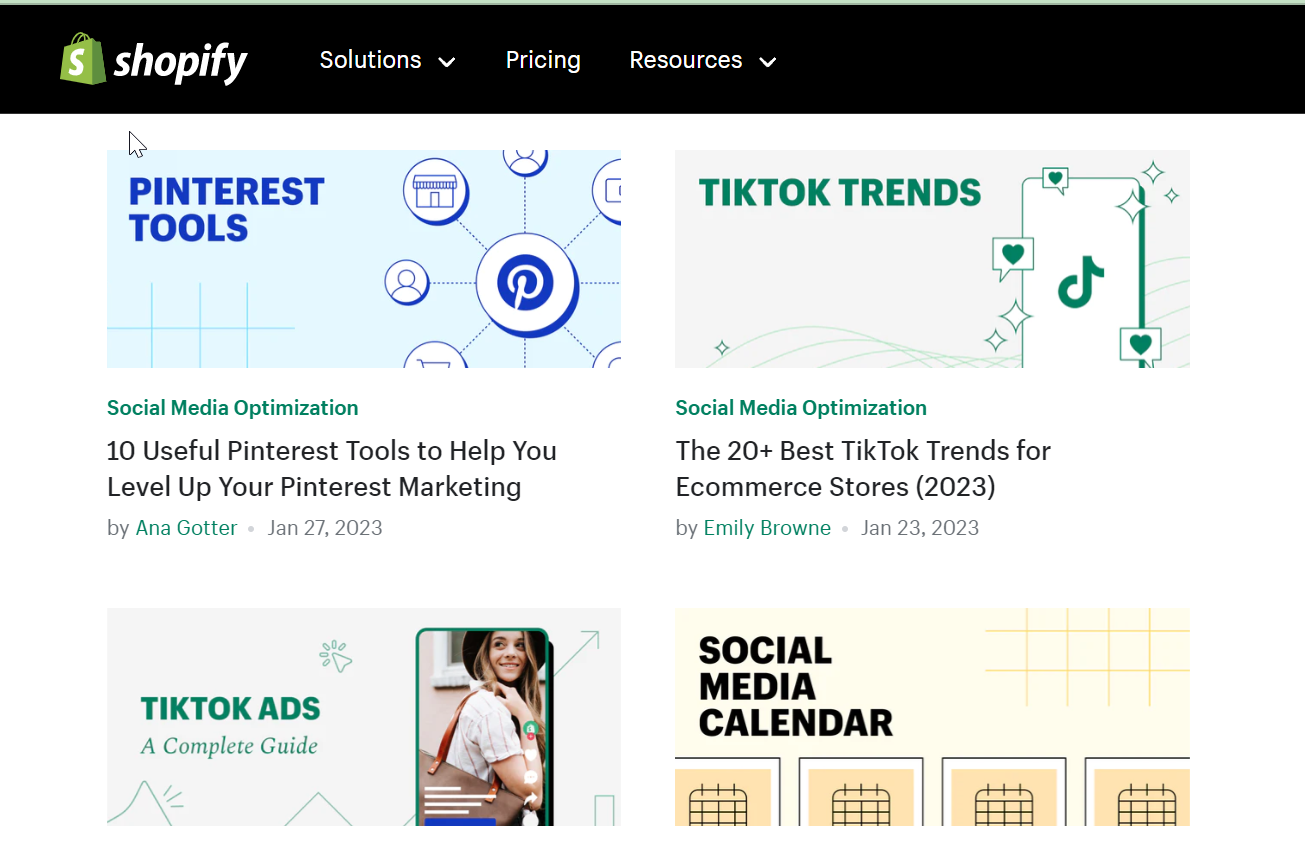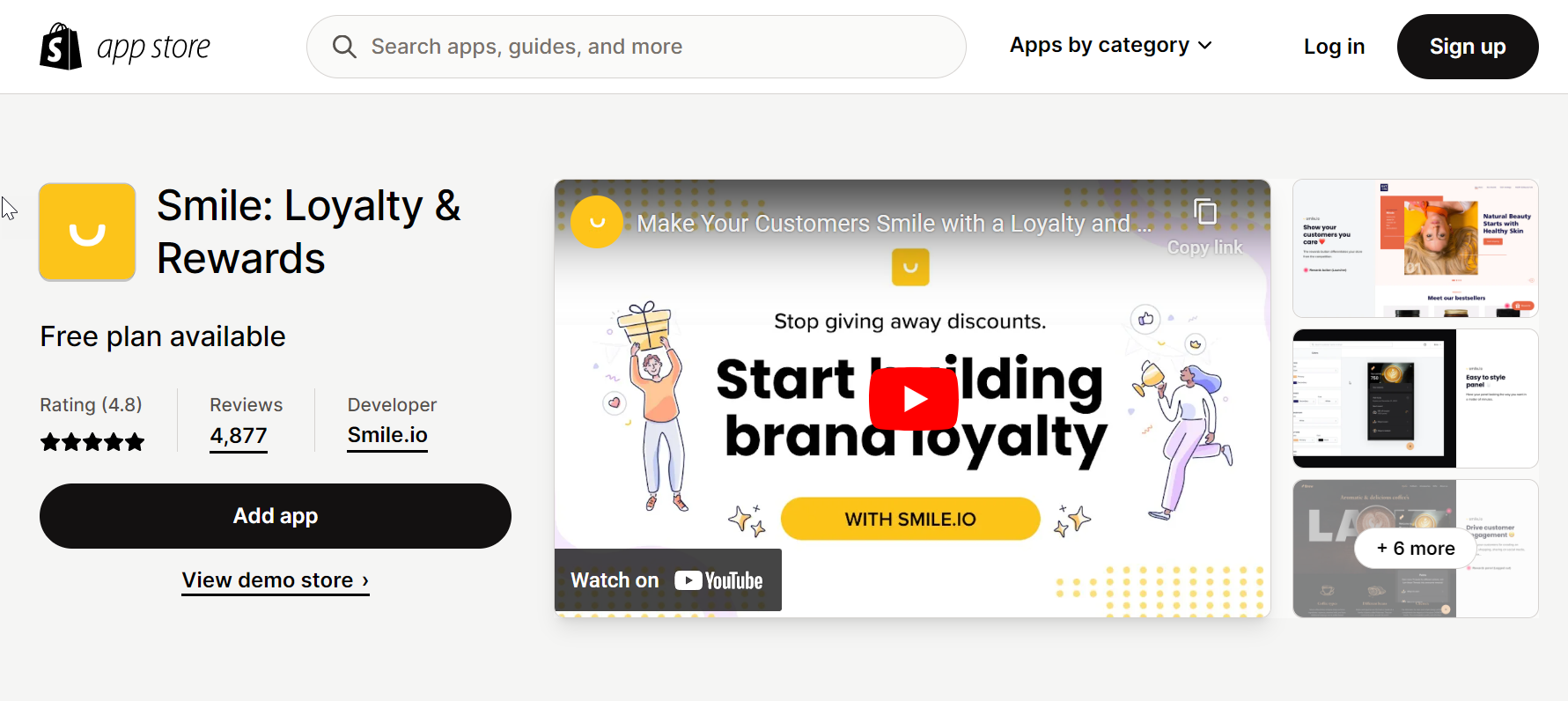Are you ready to take your Shopify store to the next level? The success of any e-commerce business depends on how well it’s marketed.
With millions of products competing for attention online, it can be tough to stand out. But don’t worry; we’ve got you covered.
This article will reveal the 11 best marketing strategies to help you double your Shopify sales and achieve online success.
Whether you’re an experienced marketer or just getting started, these tips will provide a roadmap to help you reach your goals.
So buckle up and get ready to supercharge your marketing efforts.
The Shopify Marketing Guide
Marketing is the backbone of any successful e-commerce business. Shopify provides the perfect platform to showcase your products and reach a global audience.
The key to success is implementing a well-rounded marketing strategy that leverages a combination of techniques to reach and engage with potential customers.
The opportunities to market your Shopify store are endless, from search engine optimization to email marketing and social media.
By taking the time to understand your target audience and implement effective marketing tactics, you’ll be able to drive traffic, increase conversions and grow your business.
11 Best Marketing Strategies to Double Your Shopify Sales
Here are 11 tried-and-true marketing strategies you can use to boost Shopify sales. These proven techniques will surely increase your Shopify traffic and conversions.
Each strategy has been carefully selected and tested to help you reach and engage with your target audience, drive traffic, and increase conversions. These tactics will provide a roadmap for success.
So why wait? Start implementing these strategies today and watch your Shopify sales soar.
1. Maximizing Your Sales with SEO Marketing
Growing your sales and improving your online presence starts with mastering SEO marketing. Digital marketing relies heavily on search engine optimization or SEO.
In e-commerce, SEO is crucial for driving organic traffic to the site and increasing the visibility of products, leading to more sales and conversions. Effective SEO strategies include keyword optimization, high-quality content creation, and link building.
It can help businesses maximize sales by reaching a wider audience and increasing online visibility. As Google processes over 3.5 billion daily searches, solid SEO can put your business in front of potential customers looking for products and services like yours.
Crafting the perfect SEO-friendly content, optimizing website structure, building backlinks, and creating an authoritative position in SERPs can all help you increase sales and rank higher in search engine results.
Tips on Optimizing Shopify Store for Better Search Engine Rankings
The following tips will help you optimize your Shopify store.
- Choose a keyword-rich domain name: The domain name is one of the first things search engines will look at when ranking your site.
- Use keywords in your product titles, descriptions, and meta tags: Your products will be more likely to appear in relevant search results by using keywords in your titles, descriptions, and meta tags.
- Optimize your product images: Use descriptive, keyword-rich file names and alt tags to make your images search engine friendly.
- Create high-quality content: Offer valuable and informative content on your Shopify store blog, such as product reviews, buying guides, and how-to articles. As a result, you’ll be able to attract more customers and increase the store’s visibility.
- Use Shopify’s built-in SEO features: Shopify offers a range of features designed to improve your store’s SEO, such as customizable meta tags, sitemaps, and redirects. Make use of these features to help improve your rankings.
- Build high-quality backlinks: Acquiring links from other websites will increase your store’s authority and help improve your rankings in search engine results.
- Monitor and analyze your SEO efforts: Regularly monitor your store’s rankings, traffic, and conversions to see what works and what can be improved. Make adjustments as needed to continue improving your SEO and maximize your sales.
2. Drive More Revenue Through Email Campaigns
Email campaigns can be one of the most powerful ways to drive revenue for your business. By segmenting audiences, crafting compelling copy, and strengthening customer relationships, you can maximize the reach and effectiveness of your emails.
Additionally, you can promote new products, drive traffic to your website, and encourage repeat purchases.
With the help of email automation, you can trigger specific messages in response to behaviors, actions, or visits to pinpoint exactly when customers are at their peak level of engagement.
Tips for Successful Email Marketing Campaigns on Shopify
Utilize these guidelines to optimize your Shopify store for maximum success.
- Build a targeted email list: Build a list of subscribers interested in your products and services. You can use sign-up forms on your Shopify store or incentivize people to join your email list by offering exclusive promotions or discounts.
- Personalize your emails: Use personalization tactics, such as using the subscriber’s name in the email, to make your emails feel more personal and relevant to the recipient.
- Optimize your email content: Use clear, concise, and attention-grabbing subject lines and body copy to make your emails stand out in the inbox and encourage people to take action.
- Use eye-catching visuals: Incorporate high-quality images and graphics into your emails to make them more visually appealing and engaging.
- Test and optimize: Regularly test different aspects of your email campaigns, such as subject lines, visuals, and call-to-actions, to determine what works best and optimize your campaigns for success.
- Automate your campaigns: Use Shopify’s built-in automation features to create targeted email campaigns that are automatically triggered based on subscriber behavior or specific events, such as abandoned cart reminders or post-purchase follow-up emails.
- Track and analyze your results: Make data-driven decisions to improve your future email campaigns by using Shopify’s built-in analytics tools.
- Personalization: Use tags such as names, locations, previous purchases, or related interests to create a more tailored message.
- Call to Action: Incorporate calls to action, enticing offers, and incentives to drive conversions.
- A/B Testing: Utilize A/B testing when possible to optimize delivery, design, subject lines, and more.
3. Cross-selling and Upselling
Cross-selling and upselling are marketing strategies that encourage customers to purchase additional products or upgraded versions of a product they are interested in buying.
In e-commerce, these strategies can help increase average order value and boost revenue.
Cross-selling refers to the practice of recommending complementary products to a customer who is already in the process of making a purchase.
For example, a customer buying a camera might be offered a camera case or extra memory card at checkout.
Upselling, on the other hand, refers to offering a more expensive or upgraded version of a product that the customer is considering purchasing.
For example, a customer looking at a basic laptop might be offered a more advanced model with better specs and features.
Businesses can increase revenue by offering relevant and valuable products by implementing cross-selling and upselling strategies.
Tips for Cross-Selling and Upselling
Take a look at the following tips for successful Cross-Selling and Upselling strategies.
- Personalized recommendations: Use Shopify’s built-in recommendation engine or third-party apps to personalize product recommendations based on the customer’s browsing and purchase history.
- Offer bundle deals: Create custom bundle deals by combining complementary products and offering a discount to customers who purchase them together.
- Use product comparisons: Highlight the benefits and features of upgraded or premium versions of products on product pages and during the checkout process.
- Promote complementary products: Use banners, pop-ups, or other promotional elements to showcase complementary products and encourage customers to add them to their cart.
- Encourage customer reviews: Encourage customers to leave reviews on product pages, which can help build social proof and encourage other customers to purchase complementary or upgraded products.
- Display upsell offers on the cart page: Offer complementary or upgraded products on the cart page to encourage customers to consider making additional purchases.
- Offer limited-time promotions: Use time-sensitive promotions and discounts to encourage customers to purchase complementary or upgraded products before the offer expires.
4. Design a Successful Referral Marketing Strategy
Referral marketing is a powerful tool when it comes to growing a business. Shopify is an ideal platform for referral marketing. The platform has built-in tools to help you create and track a successful program.
You can easily increase engagement and sales with minimal effort by incentivizing customers to refer your business.
Your referral program should include custom incentives tailored for your target audience, trackable promotions for rewards, and targeted outreach, such as influencers or existing customers, to spread the word about your program.
Start by customizing the referrer reward offering, sending automated emails to keep customers informed, and utilizing Shopify’s tracking tools to measure key analytics.
Tips for Successful Referral Marketing Strategy
The following tips will help you create a successful Shopify referral program.
- Make it easy: Simplify the referral process, making it quick and effortless for customers to refer others.
- Provide incentives: Reward customers for successful referrals, such as discounts, bonuses, or special promotions.
- Personalize the experience: Create a personalized experience for each customer to make them feel valued and increase the likelihood of referrals.
- Ask for referrals: Directly ask for referrals, either in person or through email or other channels.
- Foster customer relationships: Build strong relationships with customers to increase their loyalty and the likelihood they will refer others.
- Track and measure Use analytics to track the success of your referral program and adjust it as needed.
- Thank your referrers: Show appreciation for customers who refer others to your business, such as through thank-you notes or special perks.
- Promote the program: Make sure your referral program is widely promoted through marketing and communication efforts.
- Ensure positive customer experiences: Provide excellent customer service and high-quality products to encourage customer satisfaction and positive word-of-mouth referrals.
- Evaluate and improve: Regularly evaluate and improve your referral program to keep it relevant and effective.
5. Expanding Your Reach with Affiliate Marketing
As a performance-based marketing approach, affiliate programs allow businesses to reward affiliates for driving traffic, sales, or other desired actions to their website.
In e-commerce, affiliate marketing plays a key role by providing a way for businesses to reach new customers and generate sales through partnerships with affiliates.
In affiliate marketing, businesses partner with affiliates who earn commissions by promoting their products. Affiliates promote products through their website, social media channels, email marketing, or other digital channels.
E-commerce businesses benefit from affiliate marketing by gaining new customers without investing much in advertising or marketing. It also allows affiliates to earn income by promoting products they believe in.
In a nutshell, affiliate marketing is a mutually beneficial relationship that can drive growth and revenue for businesses and affiliates in the e-commerce industry.
Tips for Affiliate Marketing
Here’s how to improve your Affiliate Marketing strategy with these tips.
- Choose the right affiliate network: Select an affiliate network that is reliable, user-friendly, and compatible with your Shopify store.
- Set clear commission structures: Establish clear commission structures for affiliates, including base payouts, performance incentives, and commission tiers.
- Recruit the right affiliates: Look for affiliates who are a good fit for your brand and target audience and motivated to drive sales.
- Offer high-quality marketing materials: Provide affiliates with high-quality marketing materials, such as product images, descriptions, and banners, to help them effectively promote your products.
- Use unique tracking links: Use unique tracking links for each affiliate to accurately track their sales and commissions.
- Regularly communicate with affiliates: Regularly communicate with affiliates, such as through newsletters or regular check-ins, to keep them engaged and motivated.
- Provide excellent customer service: Provide excellent customer service to help build trust and loyalty with customers, which can increase the likelihood of referrals.
- Offer exclusive promotions: Offer exclusive promotions or discounts to customers referred by affiliates to incentivize them to drive more sales.
- Continuously evaluate and refine: Continuously evaluate and refine your affiliate program, including commission structures, recruitment efforts, and marketing materials, to ensure its continued success.
- Provide real-time reporting: Provide real-time reporting on sales and commissions, so affiliates can easily track their performance and earnings.
6. Product Bundling Strategy
Product bundling is an e-commerce strategy that offers multiple products as a single package. This strategy helps customers save money and get more for their purchases while increasing sales and profits for the business.
For example, Shopify offers a bundle of five different themes (or templates) at a discounted rate. By upselling its customers to this bundle, Shopify can increase average order value and make more money from every sale.
It is an effective way to drive sales, especially with marketing tactics like discounts or limited-time offers.
Tips for Product Bundling
Increase average order value by following these product bundling strategies.
- Identify complementary products: Bundle products that complement each other and enhance the overall value for the customer.
- Offer exclusive deals: Provide bundled products at a discounted price compared to individual purchases.
- Target specific audience: Study your target audience and create bundles that cater to their specific needs and preferences.
- Highlight benefits: Communicate the bundle’s benefits, such as cost savings or added convenience.
- Limit options: Too many options can overwhelm customers. Offer a limited number of pre-made bundles to simplify the purchasing process.
- Test and iterate: Continuously test and refine your bundling strategy based on customer feedback and sales data.
- Promote bundling: Promote your bundling options on your website, social media, and other marketing channels.
7. Unlock the Power of Social Media Marketing to Reach More Customers
The use of social media marketing is a highly effective way to reach and engage customers in e-commerce. It allows businesses to connect with users more directly and personally than traditional advertising methods, such as television commercials or print ads.
Businesses can use social media platforms like Facebook, Instagram, Twitter, and YouTube to create content that builds brand loyalty and trust. Additionally, businesses can use social media for promotions and special offers, which can help increase sales.
Social media also helps businesses interact with customers by responding directly to customer feedback and questions.
Finally, businesses can gain valuable insights from social media analytics data on customer preferences and behaviors, which can help them better understand the needs of their target audience.
Tips for Social Media Marketing
The following tips will help you create a successful social media marketing campaign.
- Define your target audience: Identify who you want to reach and tailor your social media content accordingly.
- Choose the right platforms: Determine which social media platforms your target audience uses and focus your efforts there.
- Create engaging content: Share interesting, relevant, and valuable content that resonates with your target audience.
- Use visuals: Posts with images and videos perform better than text-only posts.
- Post consistently: Maintain a consistent posting schedule and interact with your followers regularly.
- Utilize paid advertising: Consider using paid advertising options such as promoted posts or sponsored ads to reach a wider audience.
- Measure and adjust: Use analytics to track your performance and adjust your strategy as needed based on the results.
- Respond to comments and messages: Engage with your followers by responding to comments and messages on time.
- Stay up-to-date with industry trends: Stay informed of the latest trends and updates in social media marketing and adjust your strategy accordingly.
8. Start Customer Loyalty Programs
Customer loyalty programs are rewards and incentives businesses offer to encourage customers to continue making purchases. Customer loyalty programs aim to increase repeat business and customer loyalty, ultimately increasing sales and profits.
In e-commerce, customer loyalty programs play a significant role in driving customer retention and repeat purchases.
By offering rewards and incentives, e-commerce businesses attract a larger audience and build a stronger emotional connection with their customers.
Tips for Customer Loyalty Programs
Here are some suggestions for creating successful customer loyalty programs.
- Offer valuable rewards: Make sure the rewards offered through the loyalty program are appealing and relevant to your customers.
- Make it easy to participate: Ensure that your loyalty program is easy to understand and participate in to encourage maximum participation.
- Communicate regularly: Keep customers informed of their progress and rewards through regular communication, such as email or in-app notifications.
- Track and analyze data: Use analytics to track the performance of your loyalty program and make data-driven adjustments as needed.
- Offer personalized experiences: Personalize the customer experience by offering personalized rewards and experiences based on customer preferences and behavior.
- Make it exclusive: Offer exclusive rewards and benefits to loyalty program members to incentivize participation and encourage repeat purchases.
- Encourage referrals: Offer rewards for customers who refer friends and family to the e-commerce store.
- Make it simple to redeem rewards: Make sure it’s simple for customers to redeem their rewards, whether through an app, website, or in-store.
9. Focus on User-Generated Content
A user-generated content (UGC) strategy is a powerful way to market your ecommerce business. By creating and promoting UGC, you can leverage the power of your customer base by utilizing visuals, reviews, and stories they share about you and your products.
Through UGC, you can increase customer trust in your brand, develop relationships with influencers who may be interested in promoting your product, and increase visibility by reaching potential customers through social media platforms.
You can benefit from free advertising by encouraging customers to create fresh UGC.
Tips for User-Generated Content
Check out these tips for effectively utilizing user-generated content.
- Encourage participation: Make it easy and incentivize users to contribute content.
- Moderate: Ensure that the content is appropriate and in line with community guidelines.
- Highlight popular content: Showcase the most popular or highly-rated user-generated content to increase engagement and encourage more contributions.
- Respond to feedback: Engage with users by responding to their comments and questions and taking their feedback into account when making improvements to the platform.
- Make it shareable: Allow users to easily share their content with others through social media and other channels.
- Provide guidelines: Communicate what types of content are acceptable and what are not.
- Give credit: Acknowledge and give credit to the creators of user-generated content.
- Foster community: Create a supportive and inclusive environment where users feel valued and encouraged to contribute.
10. Maximizing ROI with Influencer Marketing
Influencer marketing is an effective way to increase customer engagement and develop brand recognition for e-commerce businesses. It involves connecting with influencers, or people with a large following on social media, who have knowledge and influence in a particular niche.
In e-commerce, influencer marketing plays a crucial role by helping online businesses reach potential customers and drive sales through social media platforms.
Businesses can tap into this powerful audience by creating strategic relationships with influencers and leveraging them to promote their products and services.
By engaging with influencers, businesses can increase the visibility of their brand, drive targeted traffic to their website, and build trust in their customer base. Influencer marketing is an invaluable tool that can help e-commerce businesses to stand out in the competitive online marketplace.
Tips for Maximizing ROI with Influencer Marketing
The following tips will help you implement an influencer marketing strategy to double your Shopify sales.
- Set clear goals: Define what you hope to achieve from the influencer marketing campaign, such as increased brand awareness, sales, or engagement.
- Identify the right influencer: Choose influencers who align with your brand values and have a fan following relevant to your target audience.
- Measure success: Use metrics such as conversion, click-through, and engagement rates to track the success of your campaigns and adjust your strategy accordingly.
- Offer value: Give influencers incentives, such as exclusive discounts or early access to new products, to encourage them to promote your brand.
- Be transparent: Be upfront with influencers about your expectations and the compensation you are offering to ensure a mutually beneficial partnership.
- Create compelling content: Work with influencers on content that resonates with their followers and positively showcases your brand.
- Utilize multiple channels: Communicate with your target audience via multiple channels, including social media platforms, blogs, and email marketing.
- Foster relationships: Build long-term relationships with influencers to continue driving your brand’s results over time.
- Evaluate and adjust: Continuously evaluate the success of your campaigns and adjust your strategy as needed to maximize ROI.
11. Boosting Revenue with Special Offers and Competitive Prices
If you want to increase your revenue, consider offering special offers and competitive prices. Special offers like discounts and coupons can help draw in customers looking for a good deal.
You can also create exclusive packages with additional features or services not available anywhere else and use them as incentives to convince customers to purchase from your store.
Additionally, staying up-to-date on industry trends and competition will help you determine the best pricing strategy for your business. With the right combination of special offers and competitive prices, you can boost your e-commerce business revenues in no time.
Tips for Competitive Pricing and Offers
A few tips on pricing and offers are given below.
- Offer limited-time discounts: Offer special deals for a limited time to incentivize customers to purchase quickly.
- Bundle products/services: Group products/services together to offer a discounted price.
- Price matching: Match the prices of competitors to attract price-sensitive customers.
- Complementary products/services: Provide complementary products/services to increase average order value.
- Personalized promotions: Target promotions based on customers’ past purchases.
- Free shipping/returns: Encourage customers to make purchases by offering free shipping or returns.
Wrapping Up
There are many effective marketing strategies that Shopify merchants can use to increase their sales.
You can optimize your website for search engines and design referral programs to leverage the power of social media and influencer marketing; there are many tools at your disposal.
Additionally, cross-selling and upselling, product bundling, and offering competitive prices and special promotions can help you boost your revenue and reach more customers.
By combining these strategies, you can create a comprehensive marketing plan to help you grow your business and increase your sales on Shopify.
The important thing is to remain consistent with your marketing efforts and not give up when you don’t see results immediately.
Try different techniques and analyze what works best for your business and customers. With patience and perseverance, you’ll surely achieve your desired results in no time.
